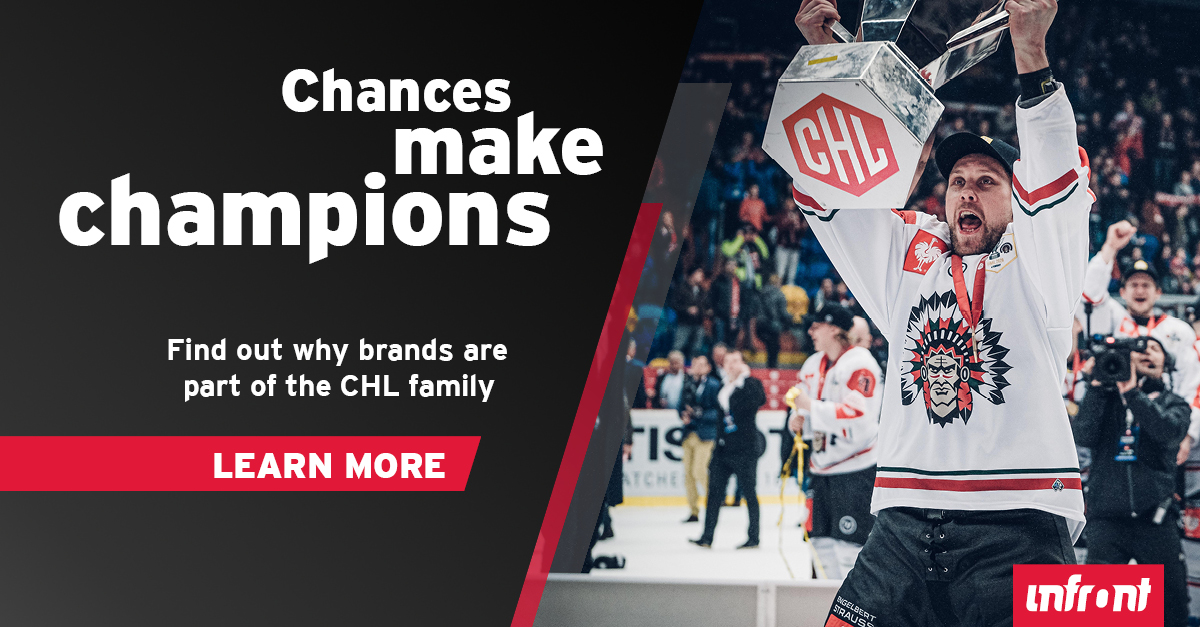Smart brands: Invest now to win the recovery
Successful brands hold their nerve when the going gets tough and reap the rewards in the recovery. Rather than following conventional wisdom and tightening belts, now is the time for brands to invest in marketing, grow their share of voice and sow the seeds for future growth.
Before the pandemic struck, a buoyant global sports marketing market was breaking records and had been expected to grow about nine percent to 65.1 billion euros in 2020. Updated estimates painted a gloomy picture: Two Circles predicted a 37 percent annual drop in global sports sponsorship rights fees this year.
However, there are grounds to be more positive. The European Sponsorship Association has reported cautious optimism in the industry as the world emerges from lockdown, with more than seven out of ten brands looking to extend sponsorship deals and only three out of ten expecting a long-term negative impact.
“Fair-weather” brands
The lockdown has shown us, more than ever, that sports lovers are far from “fair-weather” fans. The level of fan engagement as sports ground to a halt, and as competitions now return, has hit fever pitch. These highly-engaged audiences are not just clamouring to see their favourite stars perform again. In this time, they also need the positive, unifying and purpose-driven experience that sport and brands can offer.
Building meaningful relationships with sports audiences requires a long-term, stable investment. Brands also have an opportunity now to inspire and reassure a world in crisis - an endeavour that fans will appreciate and remember.
Keep the lights on
It is crucial for brands to strike the right balance with their marketing strategies at this delicate time. While it may be tempting to target marketing for cost cutting, “going dark" can inflict long-term damage to brands while, on the other hand, investing in brand marketing can deliver lasting benefits.
Research published in the Harvard Business Review after the global credit crunch showed that companies with a “progressive focus” - including increased marketing spend - stood the best chance of significantly outperforming their rivals in the recovery.
The Institute of Practitioners in Advertising has shown that companies that invested to increase their share of voice relative to market share during the 2008-9 recession enjoyed strong growth in the recovery, while records from BrandZ reveal that strong brands recovered nine times faster.
Furthermore, evidence from Kantar’s COVID-19 Barometer suggests that more than nine out of ten consumers expect brands to maintain on advertising.
10 Reasons to invest
Here are the top ten positives for being bold in this critical post-lockdown phase:
- Strong brands enjoy quicker recoveries
- Investing in share of voice in downturns drives long-term profitability
- Loss of market share from marketing cuts is tough to rebuild
- Cost of growing share of voice is more affordable as competitors cut back
- Maintaining marketing spend projects stability, builds trust and value
- Consumers expects brands to maintain advertising
- Brand building is a long-term project, invest now to support the recovery
- Post lockdown demand for sports is sky high among fans
- Sports sponsorships offer positive, non-intrusive engagement in tough times
- Buyer’s market: get more bang for your buck in sponsorship deals
